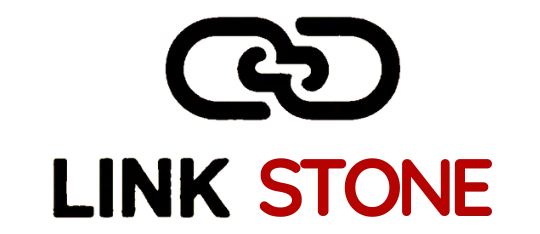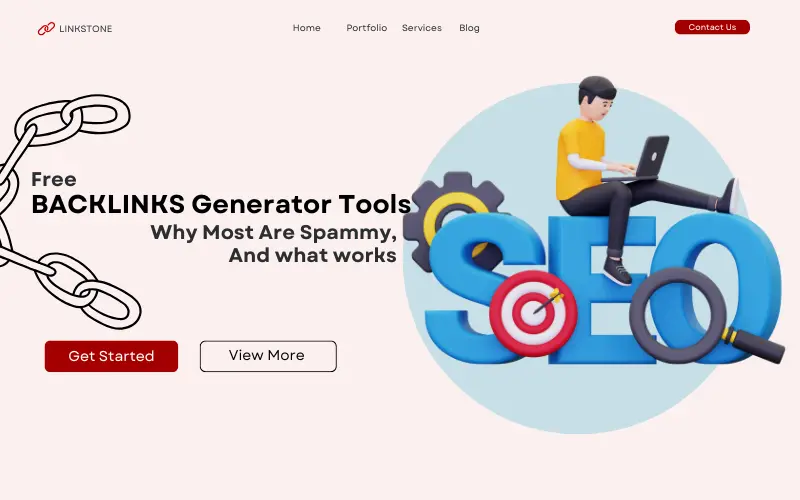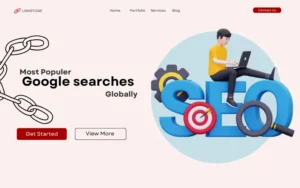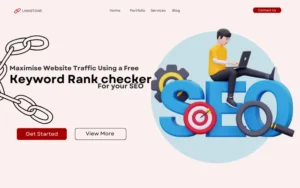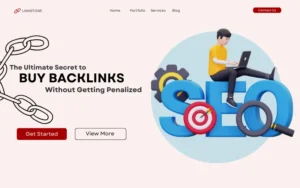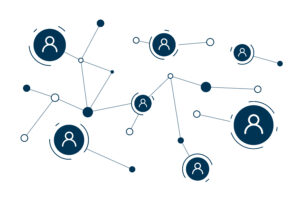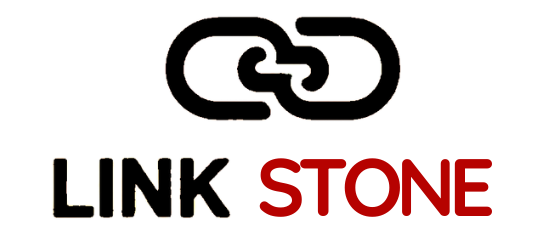Backlinks are one of the most important factors in search engine optimisation (SEO). They act as votes of trust from other websites, signalling to Google that your site has valuable and reliable content. The more high-quality backlinks you have, the more likely your pages are to rank higher in search results.
For many website owners, building backlinks can be challenging, especially when there is little budget or limited time. This is where free backlink generator tools often come into the picture. These tools promise quick links without effort, but most of them create more harm than good. In this guide, we will explore what backlinks are, why free backlink tools are usually risky, how to use them safely if you must, and the better alternatives you should focus on for long-term results.
What Are Backlinks and Why Do They Matter?
A backlink is simply a hyperlink from one website pointing to another. When another site links to your content, it tells search engines that your page is worth referencing. Google uses backlinks as part of its ranking algorithm because they reflect authority, relevance, and trust.
Benefits of backlinks:
- Help search engines discover new content.
- Pass authority (link equity) from one domain to another.
- Improve keyword rankings and visibility.
- Drive referral traffic from other sites.
Types of Backlinks
Not all backlinks are equal. Understanding the main types helps you build a healthier profile.
1. Do-Follow Backlinks
These are standard links that pass SEO value. If a reputable website links to you with a do-follow link, it transfers authority that can improve rankings.
2. No-Follow Backlinks
These links have the rel=”nofollow” tag, which tells search engines not to pass ranking value. However, they can still bring referral traffic and contribute to a natural link profile.
3. Sponsored or Paid Links
These links should always include the rel=”sponsored” attribute to comply with Google guidelines. Paid links without this tag can be considered manipulative.
4. User-Generated Links
Links from forums, comments, or profiles. These are often low-quality and need to be monitored.
Why Most Free Backlink Generator Tools Are Risky
Free backlink tools may sound attractive, but they often create links that harm your site rather than help it. Here are the main issues:
- Spammy Sources: Many tools submit your URL to irrelevant directories, low-quality forums, or auto-generated pages.
- Lack of Relevance: Getting a link from a random site that has nothing to do with your niche can look unnatural to Google.
- Zero Control: You don’t get to choose where the link appears or what anchor text is used.
- Risk of Penalty: Large-scale automated link building is against Google’s Webmaster Guidelines. It can result in ranking drops or even manual penalties.
- Short-Term Results: Even if some links get indexed, they usually don’t last long or contribute meaningful authority.
Top Free Backlink Generator Tools (If You Still Want to Try)
If you are a beginner with no budget, you may be tempted to test free backlink generators. While not recommended for serious SEO, a few tools can provide temporary exposure. Use them with caution and in very small amounts.
- DupliChecker Backlink Generator: Submits your site to a few online directories. Easy to use but limited in impact.
- SmallSEOTools Backlink Creator: Automatically places your URL on different public sites. Quality varies widely.
- Backlinkr.com: Generates quick links to statistic pages and small blogs. Most links are low-quality.
- SEO Magnifier Backlink Generator: Creates links on open blogs and platforms. The risk of spam is high.
- Sitechecker Free Backlink Tool: Provides some links and also checks your backlink profile.
How to Use These Tools Safely
If you still decide to test free tools, follow these safety steps to reduce risks:
- Limit Usage: Do not create hundreds of links in one go. A few links at a time look more natural.
- Check Quality: Use tools like Ahrefs, Moz, or Google Search Console to see which links are live and whether they are indexed.
- Disavow Spam: If you notice harmful or irrelevant links, use Google’s Disavow Tool carefully. Only disavow when links are clearly spammy and damaging.
- Diversify: Don’t rely solely on auto-generated links. Mix them with natural strategies like guest posts or social sharing.
Note: Google advises against automated link building. These tools should never be your main strategy.
Better Alternatives to Free Backlink Generators
For long-term SEO success, focus on proven link building methods that follow Google’s guidelines and create genuine authority.
1. Guest Posting
Writing articles for other websites in your niche is one of the safest and most effective ways to build backlinks. You control the anchor text and relevance while gaining referral traffic.
2. Niche Edits
This involves placing your link within an existing article on a relevant site. It’s faster than guest posting and can pass strong authority if done naturally.
3. HARO and Digital PR
Help a Reporter Out (HARO) and similar platforms connect you with journalists seeking expert quotes. In return, you can earn high-quality backlinks from authority publications.
4. Link-Worthy Content
Publish content that others naturally want to link to, such as industry studies, guides, or infographics. If your content provides unique value, backlinks come organically.
5. Manual Outreach
Build relationships with bloggers and site owners. Personalised outreach can lead to contextual, relevant backlinks that carry real SEO weight.
Pros of Free Backlink Tools (with Caution)
While not ideal, free backlink generators have a few minor advantages:
- No cost: useful for beginners with zero budget.
- Quick links: you can see some results almost instantly.
- Easy to use: just enter your URL.
However, treat them like a temporary boost, not a main strategy.
Risks to Watch Out For
When experimenting with free backlink tools, keep these dangers in mind:
- Link Farms: Avoid networks that exist only to sell or generate backlinks.
- Irrelevant Sites: Links from unrelated niches do more harm than good.
- Over-Optimisation: Too many links with the same anchor text look spammy.
- Low Authority Domains: Links from weak or unindexed sites carry no value.
Final Thoughts
Free backlink generator tools may look like a quick fix, but they rarely lead to long-term SEO success. At best, they provide temporary visibility. At worst, they can damage your rankings and trust with Google. The safest approach is to focus on organic link building methods like guest posting, niche edits, digital PR, and high-quality content.
If you must test free tools, use them sparingly, monitor your backlink profile, and clean up any harmful links quickly. Remember: SEO is a long-term process. Building trust and authority takes time, but the results are worth the effort.
FAQs
Q1: Are free backlink generator tools safe?
They can be used in very small amounts, but most create low-quality links that may harm your site. In fact, relying too much on them can trigger Google penalties and reduce your site’s credibility. It’s always better to treat them as an experiment rather than a core SEO strategy.
Q2: Do these tools help improve rankings?
Sometimes they provide a small boost, but they are not effective for achieving sustainable SEO results. In most cases, the impact fades quickly because the links lack authority and relevance.
Q3: Can I remove harmful backlinks?
Yes. You can contact site owners to request removal or use Google’s Disavow Tool if needed. Regularly monitoring your backlink profile helps you catch harmful links early. Cleaning them up enhances your site’s trustworthiness and maintains stable SEO performance.
Q4: What is the best way to build backlinks today?\ Focus on guest posts, niche edits, PR outreach, and high-quality content that attracts links naturally. Building relationships with industry-relevant sites can also create steady opportunities for contextual links. Consistently publishing valuable resources increases the chances of earning organic backlinks over time.
